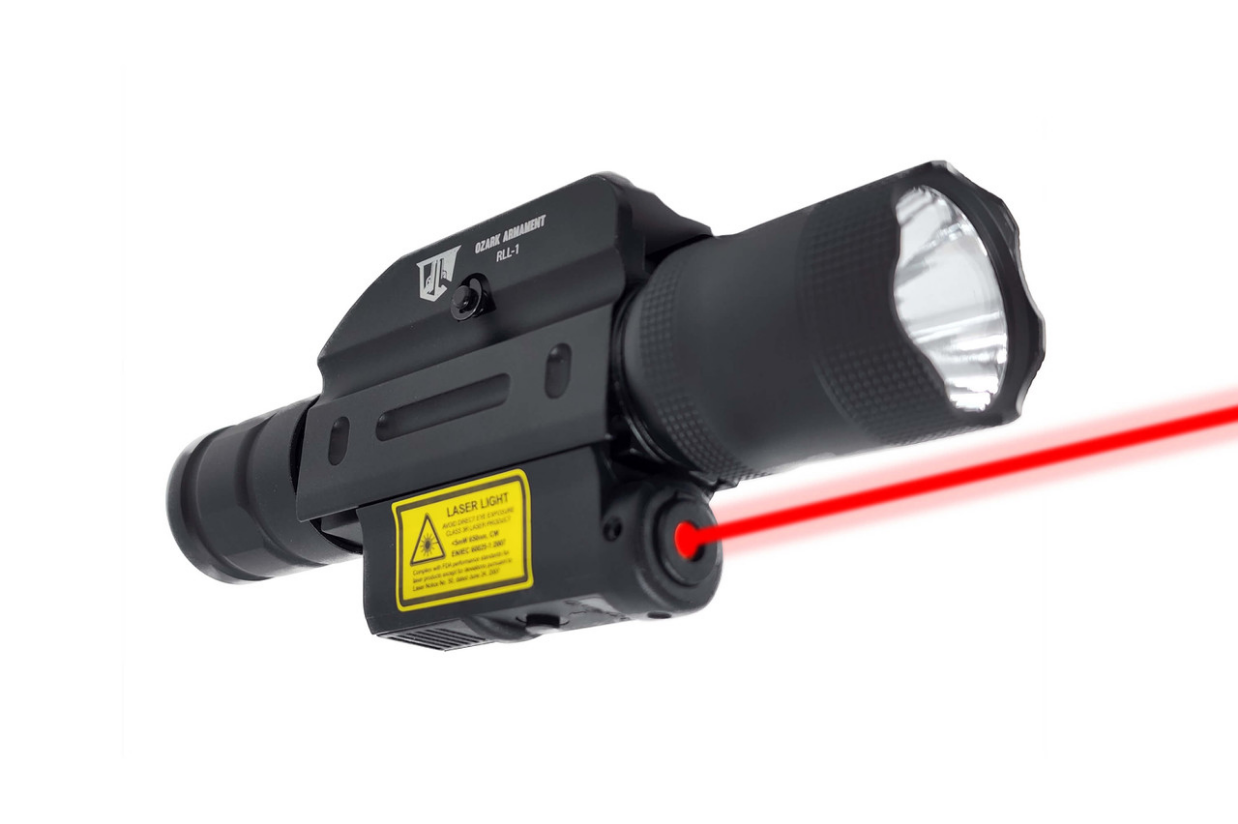Let’s face it, shooting well requires seeing well. But what happens when the sun goes down? That’s where a good AR-15 light comes in. Not all tactical lights are created equal though, and the difference between budget options and quality gear like what Ozark Armament offers can literally be night and day.
Why Your AR-15 Needs a Light
You’ve spent good money on your rifle. Maybe you’ve upgraded the trigger or swapped the stock. But without a light? That setup becomes almost useless after sunset.
Home defense situations rarely announce themselves during convenient daylight hours. Competitions increasingly include low-light stages. Hunting often happens at dawn or dusk. See the pattern?
A rifle without illumination is like a car without headlights, technically functional, but severely limited when you need it most.
What Makes a Good AR Light?
Shopping for lights can get overwhelming fast. Manufacturers throw terms like “lumens” and “candela” around while making big promises. Here’s what actually matters:
Brightness that works – More isn’t always better! A 300-lumen light with good focus often outperforms a sloppy 1000-lumen flood in real situations. The right balance lets you see threats without blinding yourself from reflection on indoor walls.
Tough as nails – Your light needs to handle recoil, drops, rain, and the occasional bump against a doorframe. Cheap aluminum cracks. Good lights use aircraft-grade alloys that take abuse without complaint.
Mount it solid – Nothing worse than a light that shifts during firing. Quality mounts maintain zero through thousands of rounds.
Controls you can use – Try activating a tail switch while maintaining proper grip in the dark. Not so easy, right? That’s why pressure pads have become standard for serious users.
Light Placement: It Matters More Than You Think
Where you stick that light changes everything about how it works for you.
12 o’clock (top rail) works great for minimizing shadows but makes your rifle taller and potentially snag-prone.
Side mounting (3 or 9 o’clock) keeps your profile sleeker but throws shadows from the barrel.
6 o’clock (bottom) offers good balance but can create strange shadows from magazines.
There’s no universal “right” position, just what works for your specific setup and needs.
The Battery Game
Battery choices sound boring until your light dies at the worst possible moment.
CR123s offer excellent shelf life and cold-weather performance. Keep spares handy.
Rechargeables save money long-term but require discipline to maintain charge.
Some lights cleverly accept both types, giving you flexibility when it matters.
Whatever you choose, follow this rule: change batteries before important events, and always have backups nearby.
Lights vs. Light/Laser Combos
“Should I get just a light or a light with a laser?”
The debate rages on, but here’s the straight talk:
Plain lights offer simplicity, fewer failure points, and generally brighter output for the size.
Light/laser combos give you aiming options in awkward positions and faster target acquisition for some users. The downside? More complexity, more battery drain, and usually more bulk.
It’s about honest assessment of your needs, not marketing hype.
Real-World Applications That Matter
Home Defense Realities
Indoor defense presents unique lighting challenges. Too bright, and you blind yourself off white walls. Too dim, and identification becomes impossible.
The sweet spot? Usually 300-600 lumens with a good mix of flood for room awareness and enough throw to identify threats across larger spaces.
Momentary activation becomes crucial, you don’t want a constant light broadcasting your position.
Training Considerations
Ever try running a light during drills? It changes everything about how you handle your rifle.
One-handed manipulations become necessary. Reloading gets trickier. Even just maintaining situational awareness while managing that light requires practice.
A light isn’t just an accessory, it’s a system that demands training to use effectively.
Competition Edge
More matches now include low-light stages, and having the right setup can shave seconds off your time.
Quick activation without breaking grip, proper brightness for the course design, and rock-solid mounting all contribute to success when the timer’s running.
Installation Tips From The Trenches
Learning from others’ mistakes saves headaches:
• Keep wires tidy with quality zip ties or purpose-made retention devices
• Route pressure switch cables away from where they’ll get pinched
• Apply a tiny drop of blue Loctite on mounting screws
• Position the pressure pad where your support hand naturally falls
• Test the entire setup before relying on it
These small details make huge differences in actual use.
Brightness Wars: The Truth About Lumens
Manufacturers love touting extreme lumen numbers, but here’s what they don’t emphasize:
• Most 1000+ lumen lights step down brightness after 1-2 minutes to prevent overheating
• A tightly focused 400-lumen beam often appears “brighter” than a scattered 800-lumen flood
• Your eyes adapt to darkness, making medium settings more useful than max output in many cases
Making Your Choice
With countless options on the market, decision paralysis happens easily. Break it down:
- Set your budget (but remember this is safety equipment)
- Prioritize reliability over features
- Consider your specific use case
- Get advice from people actually using lights, not just selling them
- Factor in the total cost including mounts and batteries
Quality doesn’t have to break the bank, but the cheapest option rarely serves you well long-term.
Bottom Line
A good AR-15 light transforms your rifle from a daytime-only tool to an around-the-clock system. The difference it makes can’t be overstated, especially in defensive scenarios where identification matters more than anything.
Ozark Armament has built a reputation for delivering that reliability without the extreme price tags of some competitors. If you’re serious about your AR setup, contact Ozark Armament to discuss which lighting solution matches your specific requirements. Don’t wait until you need a light to wish you had installed one.

